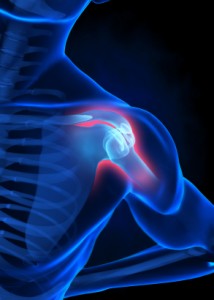
When I say optimal shoulder function what do you think? My guess for many of you it is likely ‘rotator cuff function’ (yeah, for some it may be scapulohumeral rhythm). However, you would undoubtedly agree that optimal function of the rotator cuff musculature is essential in the successful rehabilitation of the majority of shoulder pathologies. It is common in clinical practice to utilise shoulder adduction movements to guide clinical decision making, particular in subacromial impingement syndrome patients. However, a recent EMG study has challenged the validity of both these assessment and treatment decisions.
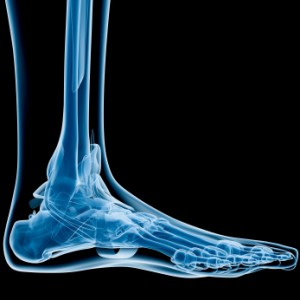
How important is foot posture? Think about this question… what are your thoughts? I guarantee that the majority sports physiotherapists would be aware of the impact of foot posture on the lower limb kinetic chain. Thus, you sports physiotherapists would be aware of the predisposition to many overuse injuries that poor foot posture will give your athletes. This has lead to the practice in the sports medicine world of attempting to strengthen the musculature responsible for restricting and/or controlling foot (over)pronation. This article discusses the thinking behind these clinical decisions and research regarding the optimal exercise choice.
If you are a sports physiotherapist who works with endurance athletes, in particular runners, I am certain that you would have had the pleasure of treating lower limb overuse injuries (?sarcasm). As you would know, they can frequently be a challenging condition to rehabilitate due in no small part to the reluctance of the athlete to stop training. This makes the prevention of these injuries, and identification of ‘high-risk’ athletes essential.
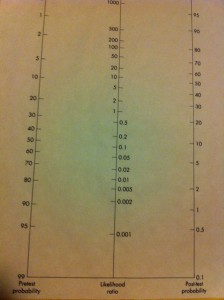
How do you make a diagnosis? I assume that you perform a subjective examination and develop competing hypotheses, and then work to support or negate these via your objective examination. Can you, however, following your physical examination tell the patient the percentage chance of them having a particular diagnosis? Is that something you might be interested in? If your answer is a resounding yes, Bayes’ Theorem and a Fagan’s Nomogram can give you the ability to do so. This post will give you the easily implementable basics of using the Fagan’s Nomogram to improve your diagnostic accuracy!
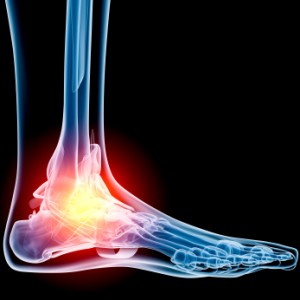
How often do you treat ankles? I know that I treat them every day, and it is likely that you do to. Osteochondral lesions are very underdiagnosed causes of ankle pain and dysfunction. The astute sports physiotherapist should be aware of the hallmarks of this diagnosis. This article aims to present an overview of the evidence based assessment and management of osteochondral lesions of the ankle.
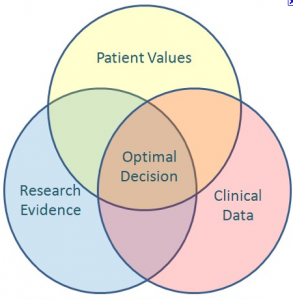
In the retail and customer service world, we are told, the customer is always right. Whilst you may think that this has no relevance to the world of sports physiotherapy, where the athletes or patient are frequently wrong, it is surprising how frequently the athletes beliefs can affect your (yes, you!) clinical reasoning or practice. In this article I discuss how patients may dictate your treatments, and identify some of the issues with allowing this to happen.
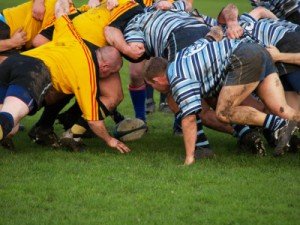
Osteitis Pubis is a condition that many consider rare, however, it is probably more common than you may think. The incidence of groin pain, in some sports, is as high as 13% (Ekstrand and Ringbord, 2001). Thus, it is highly likely that as a sports physiotherapist you will encounter may athletes with a diagnosis of osteitis pubis. Therefore, as is frequently stated on this site, you need to be aware of the current research and evidence based practice, even in a world with limited research.



